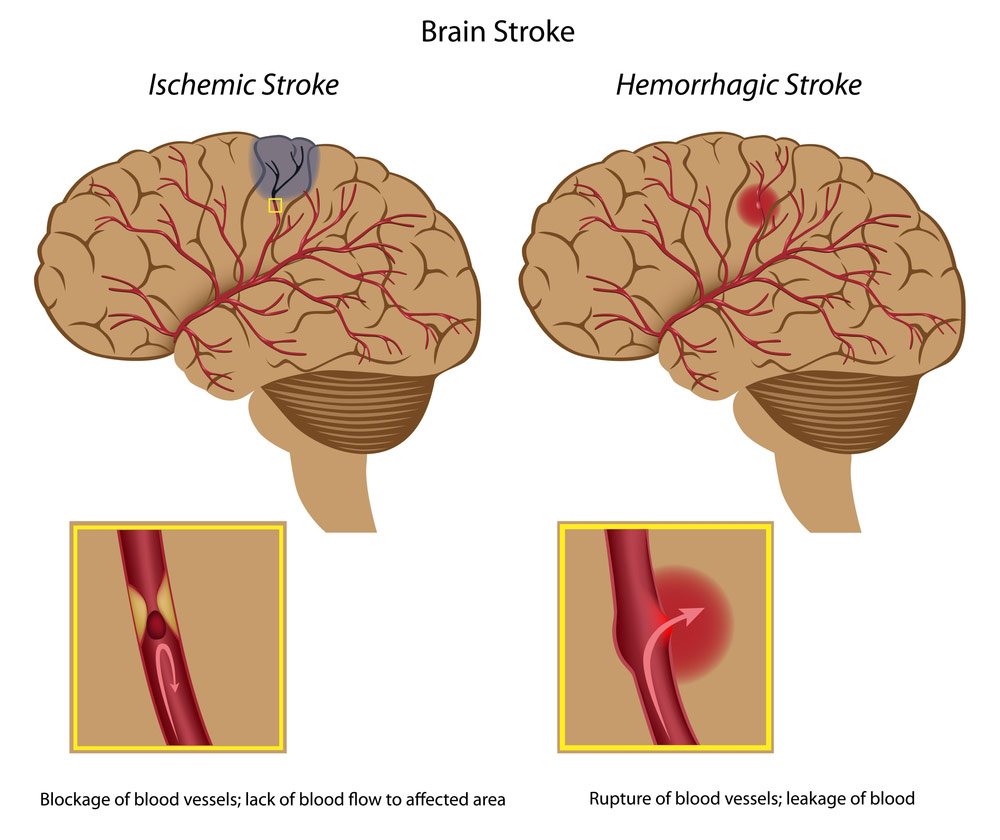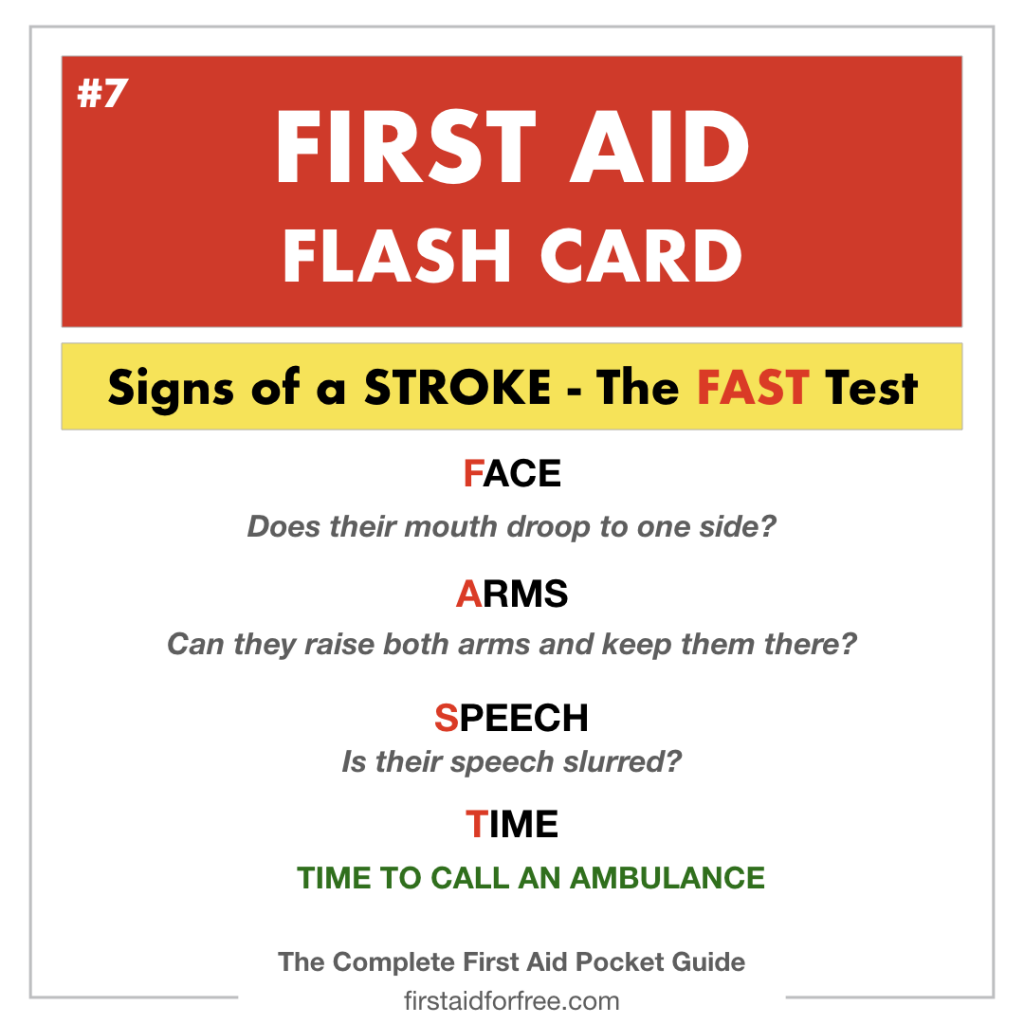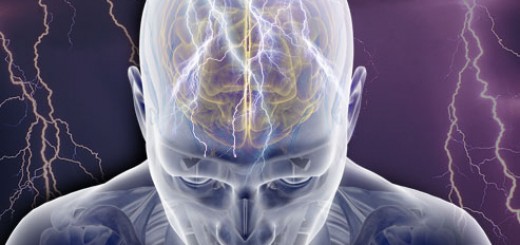What is the difference between a stroke and a mini-stroke (TIA)?
Strokes, and mini-strokes, are both serious conditions affecting the blood supply to the brain. In this first aid blog post, we will discuss the difference between a stroke and a mini-stroke (TIA). First aiders and first responders should know the signs and symptoms of a suspected stroke and the importance of calling for emergency medical help.
What is a stroke?
A stroke is a common medical emergency and may be due to either intracranial hemorrhage (bleed) or infarction (clot). Approximately 85% of strokes are caused by cerebral infarction and 15% by intracranial hemorrhage. Infarction occurs when brain cells die due to a lack of oxygen, often due to a blood clot in one of the main arteries of the brain. A hemorrhage occurs when a blood vessel in the brain bursts, resulting in bleeding into the brain tissue.

The signs and symptoms of a stroke include:
- Facial weakness
- Arm or leg weakness
- Speech disturbance
- Sudden onset eyesight problems
- Dizziness
- Headache
The ‘FAST’ test is used to quickly identify patients who may be having a stroke:
- Face – is there any facial droop?
- Arms – can the patient lift both arms and keep them there?
- Speech – is there any slurred speech?
- Time – seek emergency medical help if a stroke is suspected
What is a mini-stroke (TIA)?
A mini-stroke is also known as a transient ischemic attack (TIA). It is defined as stroke symptoms which last for less than 24 hours. A TIA is still a serious condition as patients are at a much higher risk of going on to have a stroke. In addition, it is impossible to distinguish between a TIA and a stroke if the patient has ongoing symptoms. A TIA occurs when blood supply to part of the brain is briefly interrupted. TIA symptoms, which usually occur suddenly, are the same as those of stroke but are usually short-lasting. Patients who have a TIA need to commence medication to reduce their risk of having a stroke in the future.
First Aid Flashcard – the FAST test






